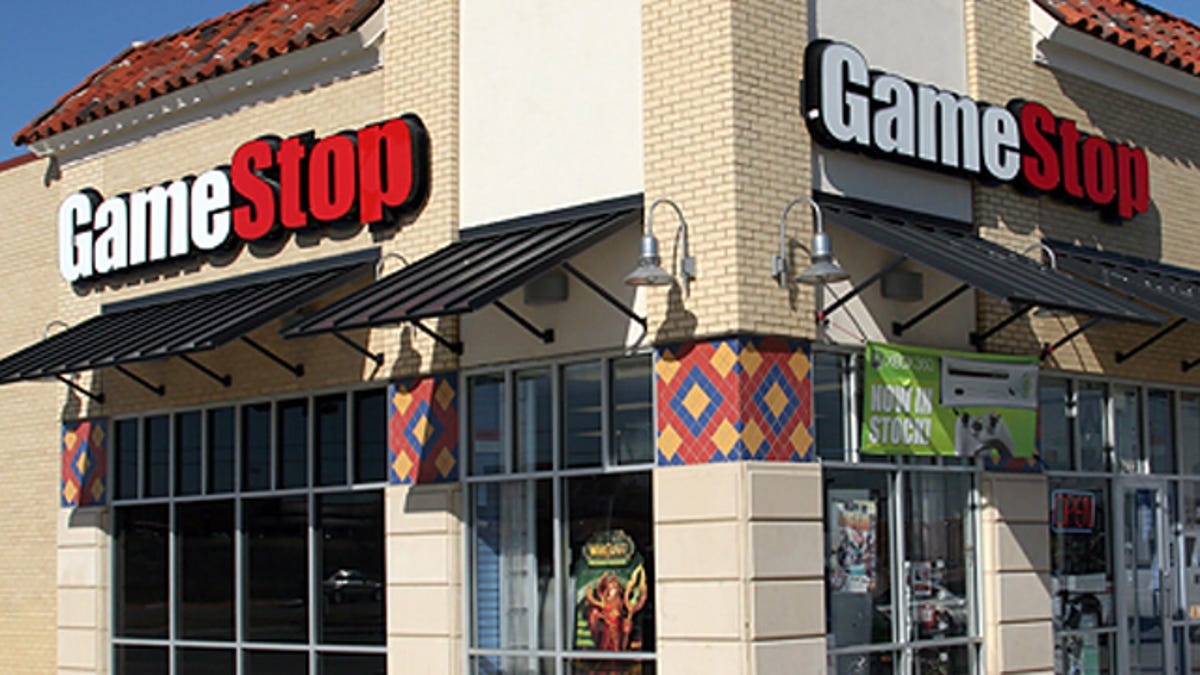Game console updates will come faster, GameStop CEO predicts
Paul Raines also believes there will be supply shortages of the new PlayStation 4 and Xbox One when the products are released next month.

"Gaming consoles have to come out with greater frequency if they want to be relevant in homes," Paul Raines told CNET during a meeting Monday. "We'll see more frequent updates."
Traditionally, console makers such as Sony and Microsoft have released new products about every four to six years. They'll introduce their latest updates next month, with Sony's
Of course, GameStop has some personal reasons to hope for more frequent console updates. Roughly a third of all console sales in North America each year come from the retailer, Raines said, and GameStop does about $1 billion in console sales each year. The company has always seen a big bump in revenue following console releases, and it also makes a significant amount of money from used-games sales and trade-ins.
But worries have flared that consoles aren't as relevant as they once were. GameStop, in particular, has faced concerns about the expected eventual demise of physical discs, as well as worries about limitations on used games. A big portion of GameStop's business comes from customers trading in old games to buy new ones. If console makers stop offering physical discs, that could hurt GameStop's revenue.
According to a study from consulting firm PricewaterhouseCoopers in June, spending on digital games for consoles will grow at a compound annual rate of 19 percent from 2013 to 2017. Spending on physical games will stay about flat over the same period, the firm projected. However, physical-disc spending will still top digital-game sales. In 2017, consumers should spend about $10.75 billion on digital console games and $20.5 billion on physical games.
Raines acknowledged that digital-game demand will grow quickly but said it's unclear when -- or even if -- console makers eventually go all digital and get rid of physical discs entirely.
"We don't know," he said. "I hate answering that question because the minute I say anything other than [games will go all] digital, people say I'm burying my head in the sand."
Both Microsoft and Sony offer digital-gaming options for their game consoles, but they also continue to support discs and used games. Microsoft backtracked on its earlier plans to require users to connect to the Internet once a day to play their games, and it also won't restrict used games as it had initially planned. However, future consoles are likely to incorporate some of those features.
Raines said Microsoft's changed plans show how much consumers care about being able to trade in and buy used games. Before someone even buys a new game, they assume they'll receive about $25 per game when selling them back to places like GameStop, Raines said. Gaming companies will have to figure out a way to incorporate that resale value, which totals about $1 billion a year in credits for GameStop customers, by discounting digital games or taking other steps, he said.
"Consumers see the residual value of games," Raines said. "It was pretty predictable that both [Sony and Microsoft] would support used games. Nobody wants to eliminate that subsidy."
GameStop expects the pre-owned game market to grow during the new cycle of consoles. New consoles tend to cause more game trades as people upgrade their consoles and games to the latest generation. Also, older-generation console and game sales continue even after a new console has launched.
"Customers are going to be chasing consoles this fall," Raines said.
So far, GameStop has sold all of the inventory it has been promised by Sony and Microsoft, and it has millions of people on its "first to know" back-order list. In the case of the PlayStation 4, 1.5 million customers are on the wait list, while 700,000 are looking for the Xbox One.
"These are numbers we've never seen before," Raines said. "Millions of people are standing by for a call from us...If we get more product, we'll turn on more orders."
The back-order figures, which Raines first disclosed in August, seem to indicate that Sony's device is seeing more demand than the Xbox One. Raines wouldn't say if that is the case, and he declined to provide details about how many preorders GameStop has received for both devices. He did say, however, that "Sony has a nice start" while Microsoft is regaining momentum following some of its early hiccups.
"It's too early to tell [which will sell more]," Raines said. "Numbers can change in one week in November."
Meanwhile, Raines said the big question for GameStop in 2014 is how big its mobile-device business grows. The company entered that market in 2011, buying back used
"I don't think it will be bigger than our core [gaming business]," Raines said. "But early 2014, there will be people asking how we think about our position in mobile."

